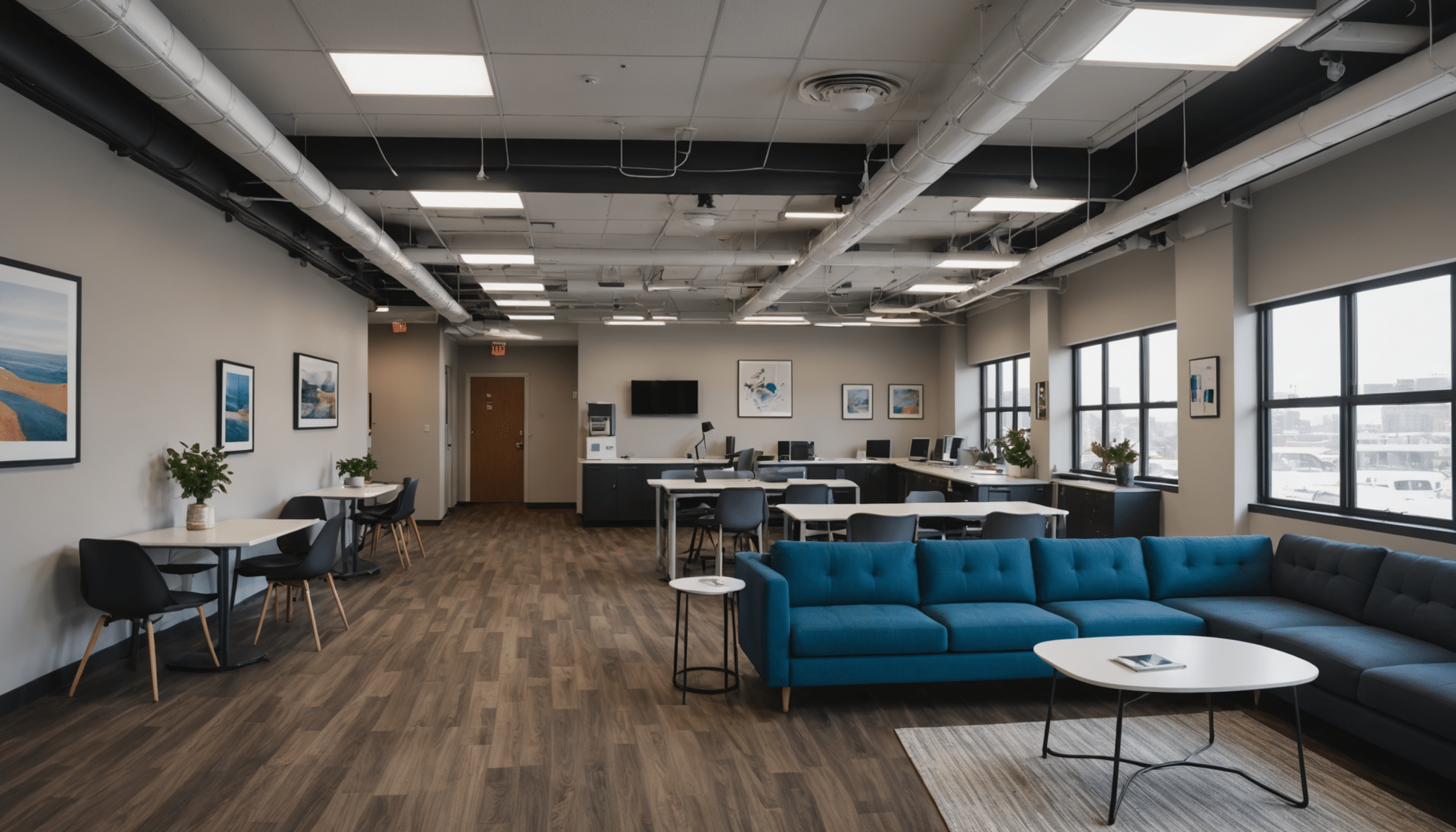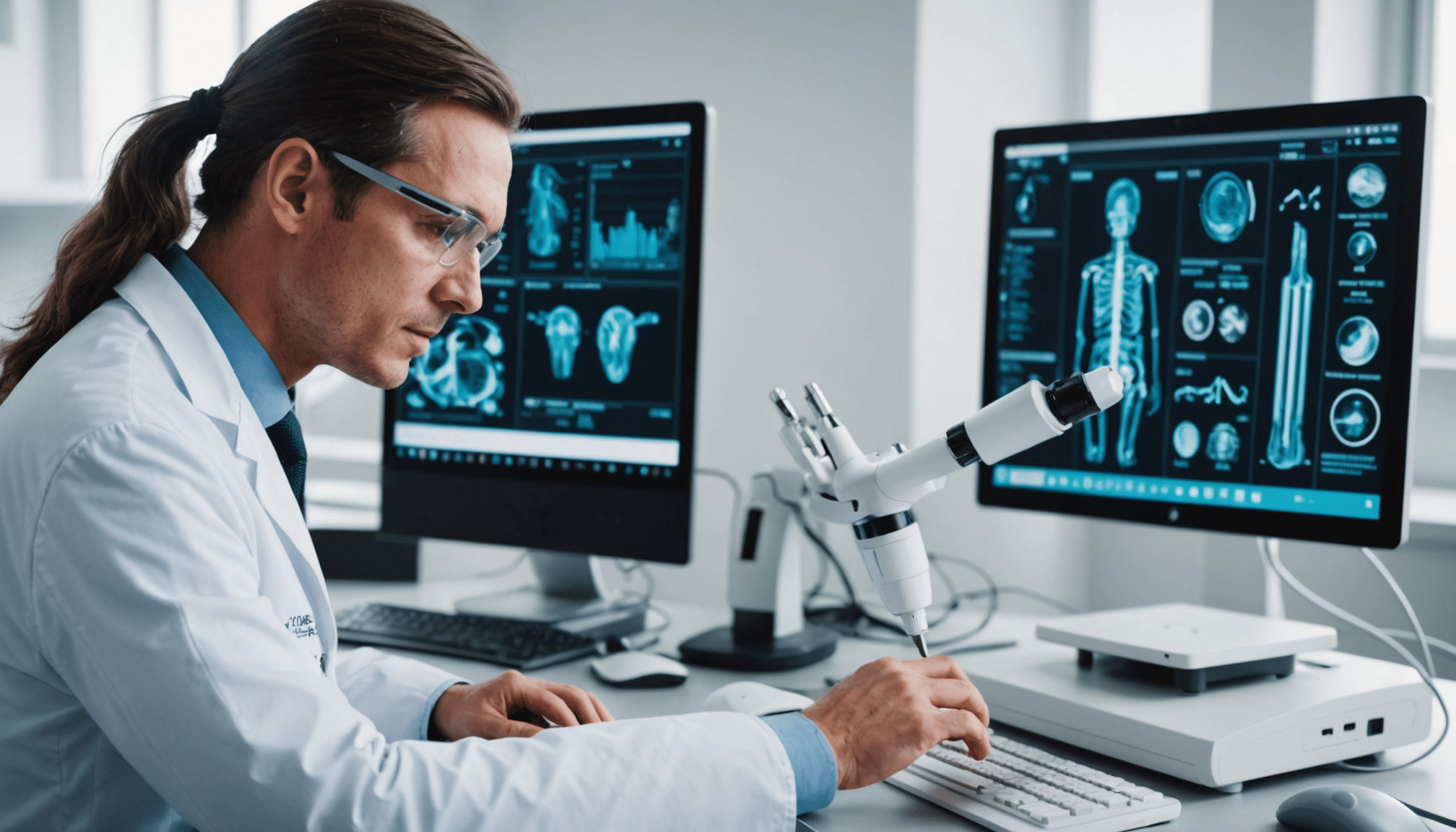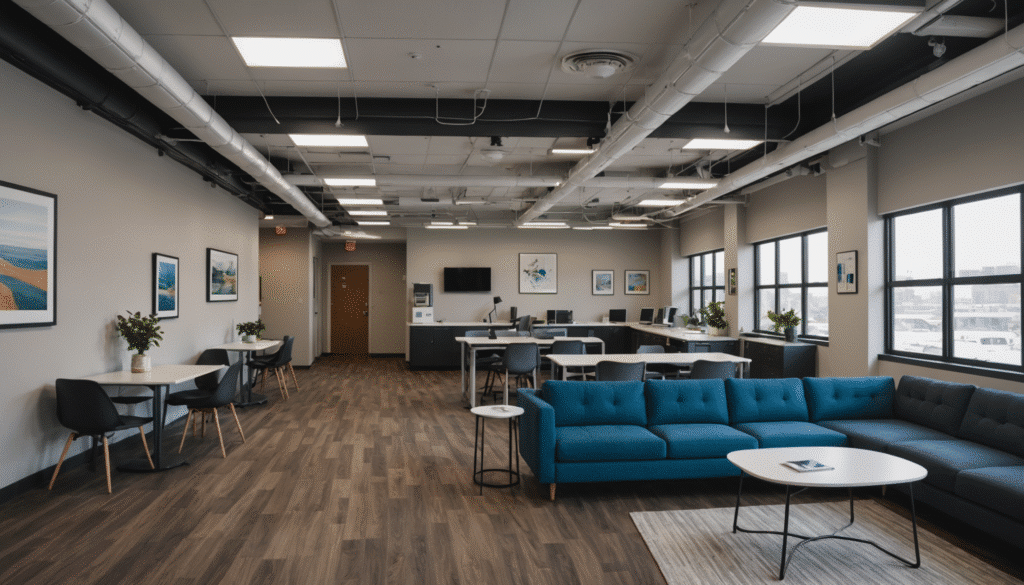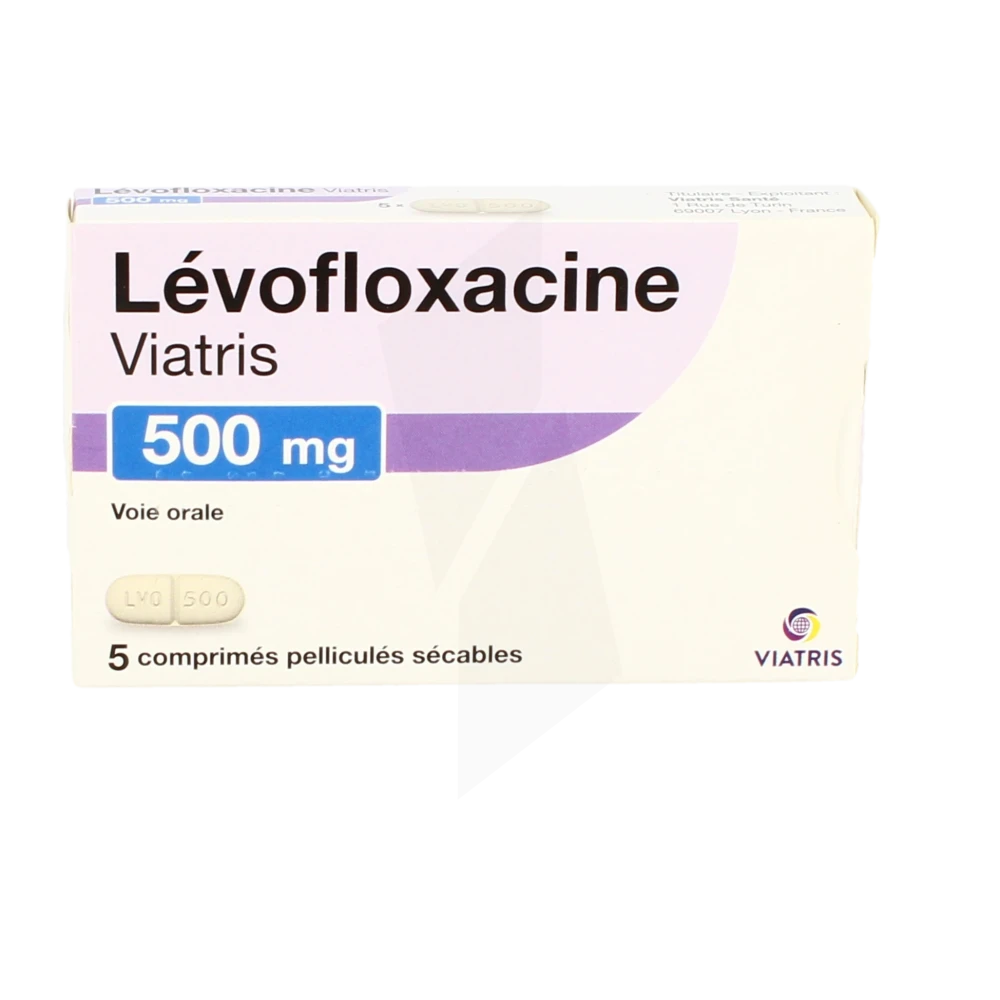The medicine of the future is coming quickly, guided by innovative technological advances and a passionate commitment to surgical excellence. Nowadays, advances in the field of surgery are much more than a simple evolution; they represent a true revolution. By 2025, the Village of Innovative Surgery is emerging as a beacon of Medical Innovation, a place where Surgical Trust and cutting-edge care converge. By diving into this fascinating biography of innovation, we discover how the collaboration between researchers, doctors, and technologists is transforming the medical landscape. Each discovery, each new medical tool, is a testament to the extraordinary Synergy between technology and Surgical Expertise. This exploration begins here, at a crossroads of New Health, where MedTech Vision blooms into tangible solutions for patients around the world.
The Augmented Operating Room: Reinventing Modern Surgery
Since its inception in 2020, driven by Professor Eric Vibert, the program of the Augmented Operating Room – BOPA Chair has earned an enviable reputation within global medical institutions. Supported by the AP-HP Foundation and in partnership with Mines Télécom Institute and Paris-Saclay University, this program is not just a research initiative; it embodies a revolution in advanced care in the operating room. Its mission is simple yet ambitious: to develop innovative digital solutions to make surgery safer and more precise. Learn more about this program here.
Among the flagship technologies developed are 3D digital organs, capable of simulating the actual movement of tissues, and fluorescence-guided surgery, a technique that allows surgeons to visualize structures difficult to discern by the naked eye thanks to luminous markers.
This synergy between technology and medical know-how leads to the creation of an operating environment where patient safety is always at the forefront.
- 3D digital organs: Enable the development of realistic and detailed simulations before a surgery.
- Fluorescence guidance: Real-time analysis of anatomical structures using light markers.
- Communication tools: Ensure a smooth and real-time exchange of information between surgeon and patient.
Entering its second phase in January 2025, the BOPA program introduces two new innovations that promise to further transform the global surgical landscape: the augmented operative report and digital twins.
Relying on Technology to Limit Complications
The augmented operative report, currently in development, stands out for its ability to capture images and provide crucial real-time data through an interactive chatbot. This project aims to create an accurate and dynamic surgical report, allowing for immediate reactions to postoperative complications. This advance proves that Evolution in Health is not limited solely to the surgical act itself but also extends to the quality of postoperative follow-up.
The Central Role of Digital Twins in Medical Innovation
Among the most impressive breakthroughs, digital twins stand out for their ability to virtually reconstruct a patient from multiple examinations and scans. This technology offers surgeons the unique opportunity to simulate the upcoming operation, thereby anticipating the potential consequences of interventions even before they are performed on humans.
This method allows for a significant reduction in risks while personalizing each patient’s medical journey. In other words, it provides an unparalleled insight to the surgical team regarding the upcoming intervention, establishing a reinforced Surgical Trust. Through these tools, the Health Village and Surgical Technology aim for nothing less than clinical excellence in every individual surgical case.
- Risk anticipation: Through prior evaluation of various interactions between tissues and medical devices.
- Personalization of care: Adjustment of surgical techniques based on the physiological specifics of patients.
- Reduction of human errors: Thanks to precise and detailed simulations.
A recent report presented at the seminar on implantable medical devices and the augmented operating room highlighted the various advantages of this technological approach.
Digital twins redefine how surgical preparation is approached, opening new avenues toward safer and smarter interventions.
A Historic Turning Point for Surgical Expertise
Innovations in MedTech have always revolutionized the way surgery is perceived and practiced. Today, digital twins are no longer limited to the generous ambitions of science fiction, but are becoming a tangible reality in the operating rooms of the Village of Innovative Surgery.
Each new technique enhances the competence of healthcare professionals and continuously enriches their approach, thereby solidifying the foundations of a medical practice that is increasingly focused on precision and safety. Through these advances, the central role of Medical Innovation prevents any forms of obstacles to the beneficial evolution of our modern care.
The Importance of Interdisciplinary Collaboration in Surgical Innovation
In this thriving ecosystem of discoveries, collaboration between scientists and doctors proves essential. AP-HP and its partners play a crucial role as catalysts for this creative symbiosis. The development of these innovative devices requires a fluid integration of engineering, biology, and computer science disciplines, ensuring that every technological advancement is based on clear and reliable evidence.
This dynamic fosters the emergence of effective and integrated solutions, quickly implementable at the patient’s bedside. For example, the joint use of artificial intelligence and robotic surgery in medical devices attests to the importance of combining the potential of multiple disciplines to achieve solutions that will lead us toward the medicine of tomorrow.
Thus, the concept of surgical innovation cannot be envisioned without the synergies between different spheres, each scientific field supporting the discoveries of another.
| Discipline | Contribution |
|---|---|
| Engineering | Development of sophisticated medical hardware and software |
| Biology | Analysis of physiological impacts and tissue interactions |
| Computer Science | Design of algorithms for AI and processing medical data |
| Medicine | Clinical application and validation of technologies |
Turning Our Eyes to the Future
This interdisciplinary orientation is a direct response to the growing challenges of our time. Medical environments will continue to evolve, challenging current limits to meet the constantly expanding needs of patients. Surgical innovation at its peak thus becomes a convergence space where every voice and expertise counts.
The echo of this collaboration resonates at the heart of the Health Village, a place born from cooperation and exchange that today propels innovation to the forefront.
New Perspectives: Imagining the Operating Rooms of Tomorrow
Imagine a world where operating rooms are more than a place for care but the core of a rigorous and intuitive ecosystem, driven by technologies that were unimaginable a few years ago. For instance, the surgical room could be equipped with advanced devices using Artificial Intelligence to anticipate and respond to surgical needs in real-time.
With these tools, medicine approaches a decisive turning point, aiming to reduce intervention times and significantly improve the patient experience. Minimally invasive surgery is also developing, allowing for gentler and less traumatic approaches.
- Reduction of operative time: Through more precise real-time predictions and analyses.
- New devices: That facilitate the optimization of surgical maneuvers and minimize errors.
- Improvement of patient comfort: By integrating less traumatic solutions and faster recovery.
The future is thus inscribed in a continuity composed of new perspectives and emerging technologies, demonstrating that Surgical Expertise continues to be enriched by this innovative dynamic. As we venture into this new era of surgery, filled with promises and opportunities, we are encouraged to remain active, informed, and enthusiastic about the bright future we are building together.










